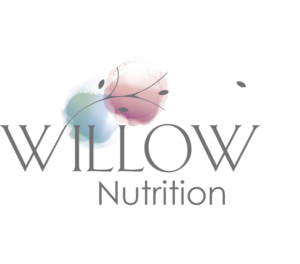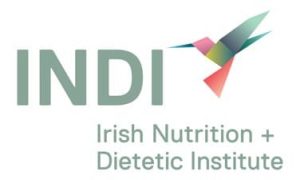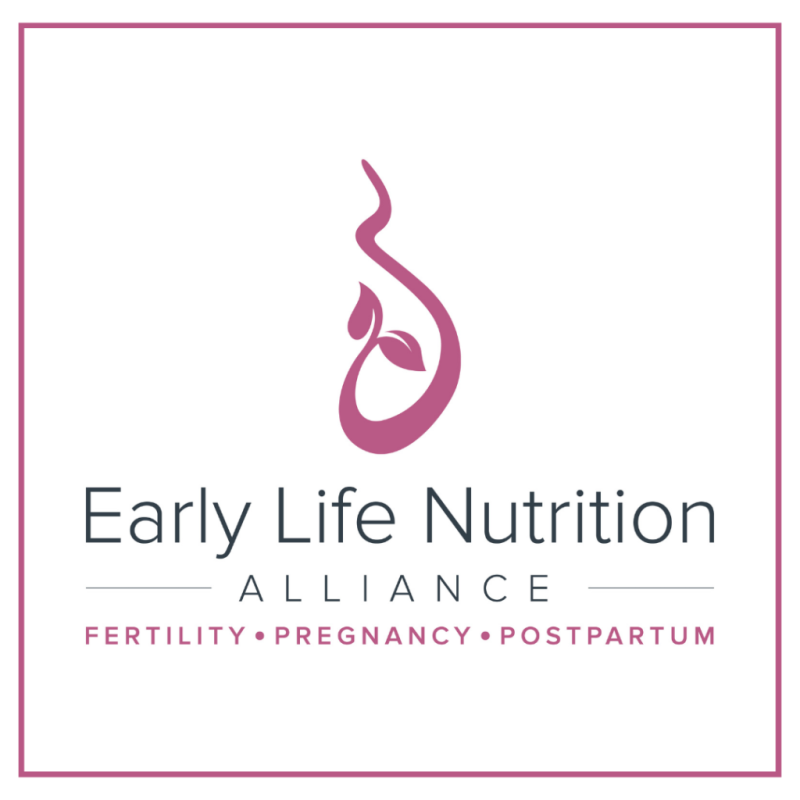Did you know that there is more than just physical hunger to consider when eating within the Intuitive Eating (IE) framework?
Firstly let us take a look at what Intuitive Eating is:
IE is defined as a ‘self-care eating framework, which integrates instinct, emotion, and rational thought’. It was originally created by two Dietitian’s, Evelyn Tribole and Elyse Resch in California in 1995.
IE adopts a flexible eating style which encourages a healthy attitude towards food as well as promoting body-positivity. Its foundations are based upon ten, evidence based principles to guide each person towards adopting the approach.
The second principle of IE is all about honouring our hunger, a skill which many of us have lost over the years as a consequence of dieting and being led to believe that feeling hunger is ‘bad’. Many times, this principle gets mistaken as “only eat when hungry”. This becomes an issue because it can leave you feeling like you’ve broken a “rule” or failed at IE if you eat when you’re not physically hungry or eat for a reason other than hunger. When you feel like you’ve broken a rule or “messed up” at intuitive eating, it can lead you right back into the diet mentality.
Learning to become an intuitive eater is not just recognising those physical signs of hunger and only allowing yourself to eat when hungry. With IE, it’s never black and white or right or wrong and there is no such thing as perfection when it comes to IE. There are actually 4 different types of hunger when it comes to eating intuitively.
It is also important to acknowledge that hunger can be triggered by our physical senses (sight, smell, taste, mouthfeel, and sound of the food) as well as all of our cognitive senses (mind, thoughts, feelings, memories, and sense of self). This explains why we might feel an urge to eat even without physical hunger. All of these types of hunger, not just physical, are important to listen to and honour.
The Four Different Types of Hunger
Physical Hunger
This is the one we all know about but might not know how to tune into it. Physical hunger stems from a need for energy from food. Physical hunger may present as an empty or gnawing sensation in your stomach, fatigue, anxiety, headaches, shakiness, or thinking more about food. Physical hunger should not be ignored or silenced, if we do this it will likely sling shot forward as extreme hunger and can be difficult to control.
Emotional Hunger
This occurs when an unmet emotional need presents itself with a desire to eat food. This is what is often referred to as “emotional eating,”. A certain degree of emotional eating (when it is conscious) is totally OK. But when we lose control, it is occurring frequently and/or there is guilt or shame associated with emotional hunger then we may need some support to manage this.
Sometimes it can be hard to acknowledge whether physical or emotional hunger is arising. We often see emotional hunger occurring quite quickly and it is attached to intense emotion which can be difficult to control.
Taste Hunger
Taste hunger occurs when you have a taste for a specific food. It may present outside of physical hunger or alongside physical hunger. Taste hunger is essentially when you just want to eat a food because it sounds nice. You ARE allowed to act on taste hunger, as silencing it may worsen your relationship with food. With taste hunger it is important to eat these foods mindfully in the present moment and not on the go or in secret.
Practical Hunger
Practical hunger isn’t really hunger per sae, but instead a need to eat in response to anticipated physical hunger that you won’t be able to satisfy. Due to schedules or commitments you will not be able to eat when you are optimally hungry every time. This needs a bit of planning and foresight. But it is absolutely necessary to eat occasionally when we are not optimally physically hungry for many of us. An example of practical hunger is eating a snack before going into a 3 hour long meeting because you know that your lunch is going to be significantly later than usual and you will likely get hungry in that time.
How do I know what type of hunger I am experiencing?
Firstly it is important to note that you may experience more than one type of hunger at any one time, give yourself time to identify what hunger is occurring and why. For example you might experience emotional hunger and taste hunger at the same time because you had a stressful day and you also really like the flavour of ice cream you have in the freezer. Both types of hunger are valid and it is necessary to consider both of them. You can firstly ask yourself what emotion is arising and why, then ask yourself what do I need now? If it is ice cream then allow yourself to have it, enjoy it, eat it in the present moment and move on.
Occasionally it can be challenging to know what type of hunger is occurring especially as this is often a new thought process for people to think through. Start by giving yourself permission to eat what you are in the mood for. If you feel satisfied and comfortable afterwards you are on the right track. Then proceed to asking yourself to label the hunger you think is present when you are going to eat a meal or snack. And finally do not be afraid to get it wrong. There is no perfect way to eat intuitively and you can learn as you go.
If you want to improve your relationship with food and your body, working with a certified intuitive eating counsellor can help guide you through the process. Get in touch to learn more.









